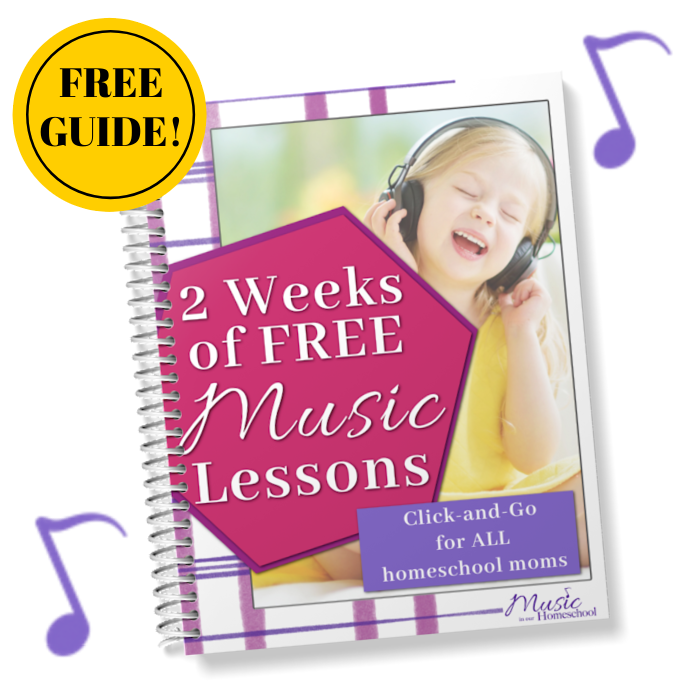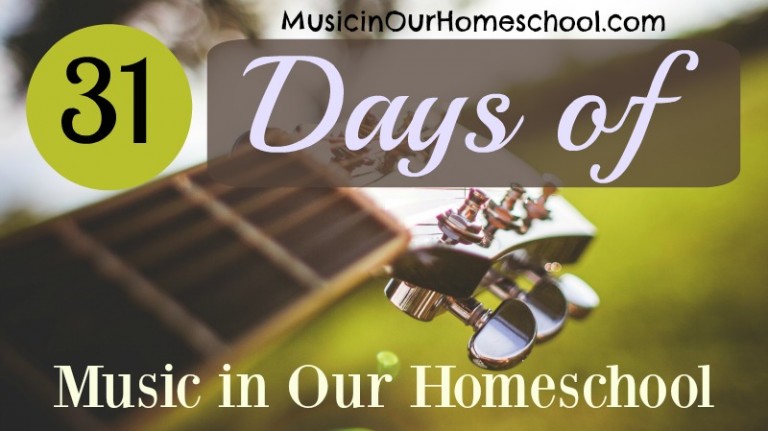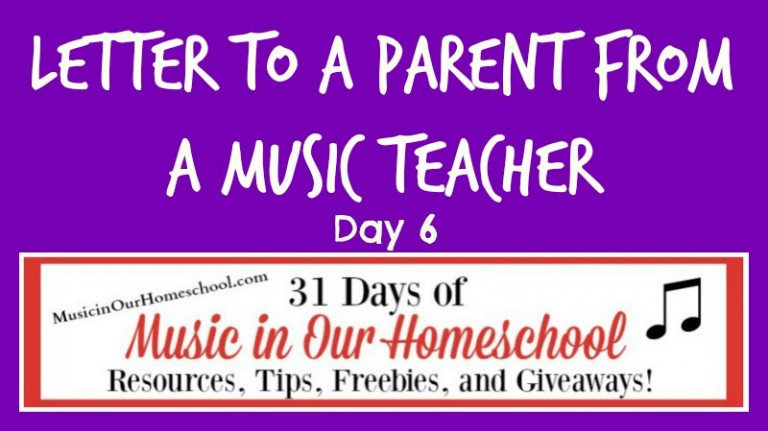Twelve Tips for Composer Study When You Dislike Classical Music
Let me tell you a little bit about each piece.
Another option is to listen to musical theater, which is a transition from opera. I have an online course for elementary students called Intro to Musicals which is a great way to start learning about musicals. And, again, as I mentioned above, adding a story to the music makes it more fun and accessible.
Movie Music
Have you ever thought of movie music as classical music? In a way, it is! But, because we can associate it with the story of a movie, it doesn’t seem as difficult to listen to as a Bach chorale or a Stravinsky symphony.
Here are some movie composers you’ll want to explore:
- John Williams (Star Wars, Jurassic Park, Harry Potter)
- Hans Zimmer (Pirates of the Caribbean, Dune, and James Bond’s No Time to Die)
- Max Steiner (King Kong, Gone with the Wind)
- Henry Mancini (Pink Panther)
- John Barry (Out of Africa, Dances with Wolves)
Here are a couple of movie music themes to start with!
Pirates of the Caribbean
Cantina Band
Another idea is to listen to the music with no singing on movie soundtrack recordings such as The Lego Movie, Captain America, or Frozen.
Use Cartoons
I think cartoons are one of the most fun ways to start listening to classical music. Perhaps it was even the first way you were introduced to it! It definitely was for me. I loved watching Bugs Bunny as a kid.
I love this playlist that includes some of the best cartoons with classical music and can really make it easy to include composer study when you dislike classical music.
But, I also have an online course called Learn Classical Music with Cartoons that breaks it up by composer and includes cartoons from the vintage (1931) to very modern (Line Riders).
Play Rhythm Instruments
Susan Macaulay who wrote For the Children’s Sake said,
“One offshoot of musical life will be musical creativity. Small children chant their very own songs. Others, learning to play the piano, will begin to experiment with chords. Those learning, say, the recorder, would like to improvise along with a Purcell or Bach record of chamber music. Put out percussion instruments; encourage the young to accompany records. Accept and admire the products. Let them perform for you. . . . Even the preschool child will delight in singing, ‘Twinkle, Twinkle, Little Star.'”
Just like you’ll want to provide the best products for handicrafts, have some instruments in your home as well. They don’t have to be expensive. Just start with a set of rhythm sticks, shakers, jingles, and a small drum.
Then, sometimes as you’re listening to classical music, play along! Children will love to improvise and experiment with what sounds best. Encourage them to start keeping a steady beat with the music.
Dance
Mrs. Macaulay also had some things to say about dancing that I’d like to include here:
“When there is music, the child responds with dancing. . . Some music encourages dancing more than others. . . Children thrive on the atmosphere of joyous good music, feeling free to dance and sing and skip.
We have found that our family and friends have enjoyed the social aspect of square dancing, English country dances, and Scottish dancing. This gives a happy spice to community life, and it’s nice to see six-year-olds mixing happily with mature adults in fun. Teenagers join in, and we are all people together, not segregated into age groups.”
All four of my daughters love to dance, and all four boys even participated to some extent in musical theater, which included dancing. My husband even built a dance studio in our basement to facilitate the girls’ learning and enjoyment of dance.
So, this is Tip #11: Dance along with classical music.
- Put on some ballet music such as Swan Lake (Tchaikovsky) and do some ballet moves
- Grab some scarves and move your arms as you dance to music such as Aquarium or Aviary from Carnival of the Animals.
Play Games
My final tip for helping you and your kids to enjoy classical music is to play games. There are some fun games to help you recognize different instruments and then as you listen you can start to pick out the instruments and that makes it fun!
- Classics for Kids website with podcast shows about composers, games, and activity sheets.
- SQUILT Meet the Instruments Bingo Game
- SQUILT Meet the Composers with flash cards
Conclusion about Composer Study When You Dislike Classical Music
Give it time. Sometimes, listening multiple times is all you need to start appreciating and even enjoying classical music. But, definitely have fun with it! Dance, act out stories, learn with videos and podcasts and books!
Do you have any other ideas about how to include composer study when you dislike classical music? Please share in a comment below!
Freebie: Who are the Best Composers to Study?
I have an awesome printable that lists the best composers to study.
Download the free printable of “Who are the Best Composers to Study?” below.













